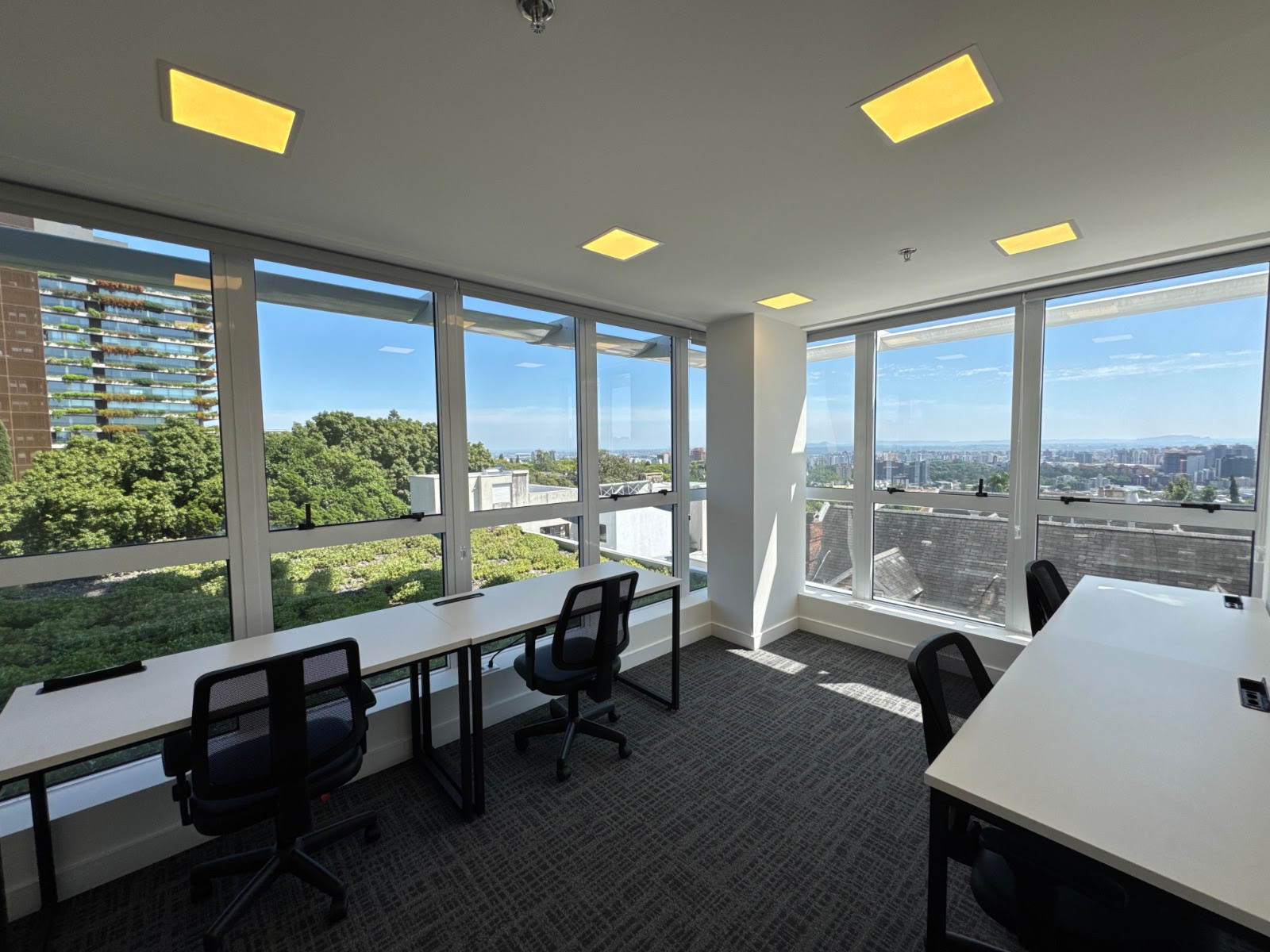Products easy to subtract, specialized gangs formation in recent years, and a large parallel market in the country. Just these three factors are enough to understand the increasing wave of thefts and robberies in the pharmaceutical retail sector. Sekron Digital (https://sekrondigital.com.br), a reference in electronic security solutions and loss prevention present in around 5,000 pharmacy channel PDVs, alerts the sector to this crime wave, which grew by about 200% in the first three months of 2025 compared to the same period last year, with a special focus on high-value thermolabile drugs, such as Ozempic, Saxenda, and Wegovy, which lead the ranking. The list now includes Monjauro, which has received approval to be marketed in the country.
Sekron Digital argues that the use of cutting-edge technology and intelligent monitoring is now an essential measure for the sustainability of retail. “In recent months, we have seen growth in thefts and robberies targeting high-value medications, such as thermolabile ones, ranging between R$ 700 and R$ 1,900, which are sensitive and essential products for many health treatments,” says Rafael Bernardini, CEO of Sekron Digital. “They have high added value and unfortunately become targets of organized gangs,” he adds.
With the advancement of criminal activity, major sector networks have announced adjustments to their loss prevention programs, such as storing high-risk products in acrylic cabinets and reducing their stocks, as well as strengthening the security team with patrols and more monitoring at PDVs. “As they are high-value products, losses in cash exceed 800% in the first quarter,” argues Rafael Bernardini.
In retail pharmacy, losses in 2024 reached 1.25% according to the 8th Brazilian Retail Loss Survey, conducted by the Brazilian Association for Theft Prevention (Abrappe) in partnership with KPMG, a higher percentage than the 0.90% recorded in 2023. The sector, driven by thefts of high-value medications such as Ozempic and similar drugs, experienced a 38.93% increase in total losses and a 29.02% rise in thefts.
Technology available to retailers – In response to this scenario, Sekron has intensified its efforts in the pharmaceutical retail sector with integrated solutions of CCTV, artificial intelligence, and real-time connected alarm systems with monitoring centers. “We are integrating private camera systems with public video monitoring programs, such as SmartSampa in São Paulo, and similar initiatives in other cities. This allows for a quicker response from security forces and significantly increases the resolution rate of these crimes,” says Bernardini.
Furthermore, as Sekron’s CEO mentions, the company utilizes artificial intelligence applied to videos to identify suspicious behaviors, monitor the flow of entry and exit from stores, and generate real-time alerts – enabling action before the crime occurs. “Today, any criminal attempt leaves traces: vehicle plates, facial images, schedules, routes. All of this is being analyzed by the technology,” states the executive.
One of the most emblematic recent cases of the success of this model occurred in a joint operation, which, based on the images and alerts provided by Sekron’s monitoring platform, led to the identification and seizure of a gang specializing in medicine theft in São Paulo. The action enabled the recovery of around $200,000 in stolen products, reinforcing the direct impact that intelligent monitoring can have on reducing losses and protecting the networks’ assets.
“This operation was a turning point to show retailers that investing in prevention is not an expense, it is business protection and a guarantee of competitiveness,” says Bernardini. He emphasizes that combating losses requires a set of coordinated strategies, from monitoring and access control in sensitive areas, preventive patrols, to real-time data analysis for quick operational decision-making.
Reduction in criminal actions – The message, according to Bernardini, is clear. “Criminals are being identified, tracked, and in many cases, arrested thanks to technology and integration with public forces,” he says. “Our role is to ensure that these environments, which take care of the population’s health, are increasingly protected and safe,” he adds.
“When a single unit of Ozempic stolen represents a loss of over $1,000, it is easy to understand how technology becomes essential to protect the operation and the profit margin of the networks,” argues the executive. “Preventing losses should be an essential strategy in the company. By reducing losses, the retailer has greater profit and ensures the sustainability of their business,” says Bernardini.
Among the most stolen thermolabile medications, the absolute leadership of the ranking goes to Ozempic (which costs between R$ 700 and R$ 1,300), followed by Saxenda (between R$ 850 and R$ 1,000) and Wegovy (from R$ 900 to R$ 1,900). Monjauro, which has just obtained a license to be sold in the country, ranges from R$ 1,500 to R$ 4,000 per box.








